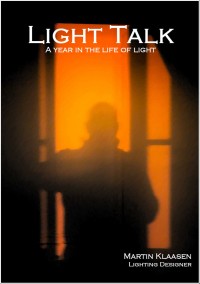Phasing out the old lighting technologies
Singapore, 2nd December 2014
The big discussion these days is not only about the rapid progress of the LED lighting technology but also the rapid demise of the old conventional technologies. The IES ANZ (Illuminating and Engineering Society of Australia and New Zealand) sent its members a notice today about its intent to participate in the public debate started by the government about the future direction for the “old” lighting technologies, specifically incandescent (INC), halogen (HAL) and compact fluorescent (CFL) lighting. A committee, called E3, which consists of government representatives from different Australian and New Zealand jurisdictions, released a document and specific product profiles in support of the public debate on the regulation of these products in the future. Comments, suggestions and reactions can be submitted up until mid-February 2015. Public consultation sessions are planned in Auckland and Sydney in December to attract direct public feedback.
The main driver on which these technologies have been assessed over the years is the so called MEPS or Minimum Energy Performance Standards a standard as far as I can see is purely based on energy consumption and is practically devote of any human aspect. Something that has always been a major point of contention for me…we do not design for lux or energy meters, we design for people! While we all agree that energy saving is crucial in the strive to safeguard our resources and the future of our planet, we should never forget that this planet is inhabited by human beings and not just technologies and measuring equipment. As it appears members of the E3 committee are predominantly government institutions and energy regulators, I could not spot one that was remotely involved in lighting, and herein lies to me one of the biggest short comings. In my opinion organisations like the IES, the IALD etc, should be integral key members of this team, not just invited (are they actually invited?) to provide public feedback that may or may not be considered in the final decision making. Where are the key players in the lighting (design) industry; shouldn’t they be formally involved in this process? Particularly when energy comparisons are made one can wonder whether we are comparing apples with apples!
Australia and New Zealand have been leading the world in this process, perhaps they could now be leading by integrating lighting professionals in the future of this process!
Light Watch 5-205: Below some extracts from the product profile report issued in support of the debate, the whole report can be found at: http://www.energyrating.gov.au/wp-content/uploads/Energy_Rating_Documents/Product_Profiles/Lighting/Report_Incandescent-CFL-Product-Profile_25Nov2014.pdf








 The long awaited book compilation of Martin's first year of blogging is available. Order now.
The long awaited book compilation of Martin's first year of blogging is available. Order now. Feedspot Top 100 Lighting Blogs
Feedspot Top 100 Lighting Blogs